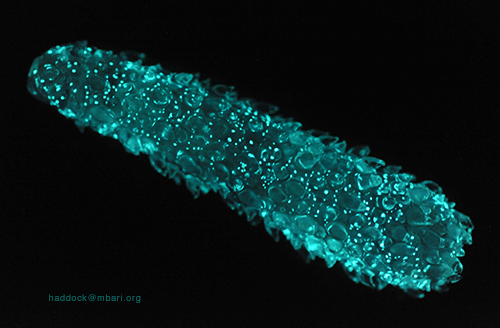FORBES
Sep 17, 2020,02:00am EDT
If The Big Bang Wasn’t The Beginning, What Was It?
Ethan Siegel Senior Contributor
Starts With A Bang Contributor Group
Science
The Universe is out there, waiting for you to discover it
Our entire cosmic history is theoretically well-understood, but only because we understand the theory of gravitation that underlies it, and because we know the Universe's present expansion rate and energy composition. Light will always continue to propagate through this expanding Universe, and we will continue to receive that light arbitrarily far into the future, but it will be limited in time as far as what reaches us. We still have unanswered questions about our cosmic origins, but the age of the Universe is known. NICOLE RAGER FULLER / NATIONAL SCIENCE FOUNDATION
For more than 50 years, we’ve had definitive scientific evidence that our Universe, as we know it, began with the hot Big Bang. The Universe is expanding, cooling, and full of clumps (like planets, stars, and galaxies) today because it was smaller, hotter, denser, and more uniform in the past. If you extrapolate all the way back to the earliest moments possible, you can imagine that everything we see today was once concentrated into a single point: a singularity, which marks the birth of space and time itself.
At least, we thought that was the story: the Universe was born a finite amount of time ago, and started off with the Big Bang. Today, however, we know a whole lot more than we did back then, and the picture isn’t quite so clear. The Big Bang can no longer be described as the very beginning of the Universe that we know, and the hot Big Bang almost certainly doesn’t equate to the birth of space and time. So, if the Big Bang wasn’t truly the beginning, what was it? Here’s what the science tells us.
Our Universe, as we observe it today, almost certainly emerged from a hot, dense, almost-perfectly uniform state early on. In particular, there are four pieces of evidence that all point to this scenario:
- the Hubble expansion of the Universe, which shows that the amount that light from a distant object is redshifted is proportional to the distance to that object,
- the existence of a leftover glow — the Cosmic Microwave Background (CMB) — in all directions, with the same temperature everywhere just a few degrees above absolute zero,
- light elements — hydrogen, deuterium, helium-3, helium-4, and lithium-7 — that exist in a particular ratio of abundances back before any stars were formed,
- and a cosmic web of structure that gets denser and clumpier, with more space between larger and larger clumps, as time goes on.
FULL TEXT/TEXTO COMPLETO: FORBES








